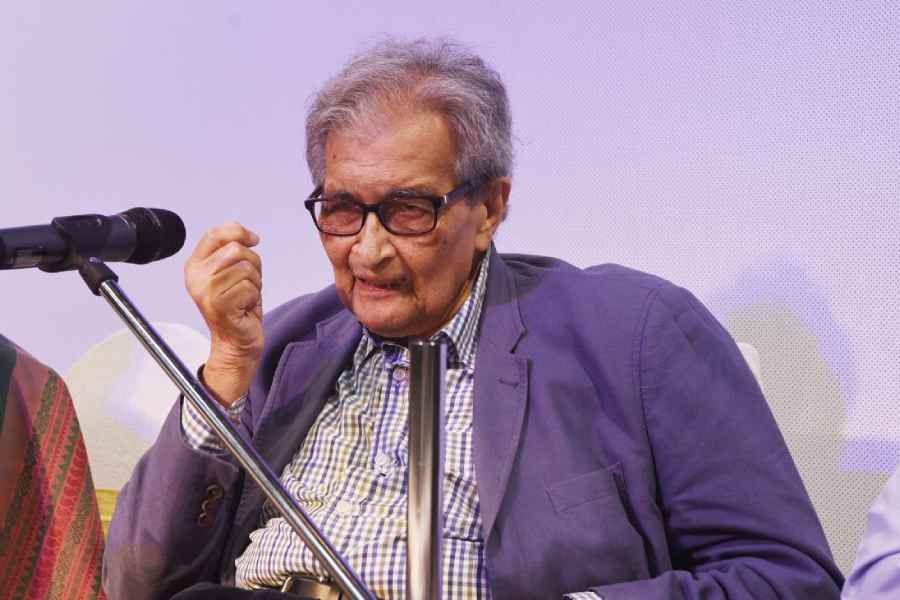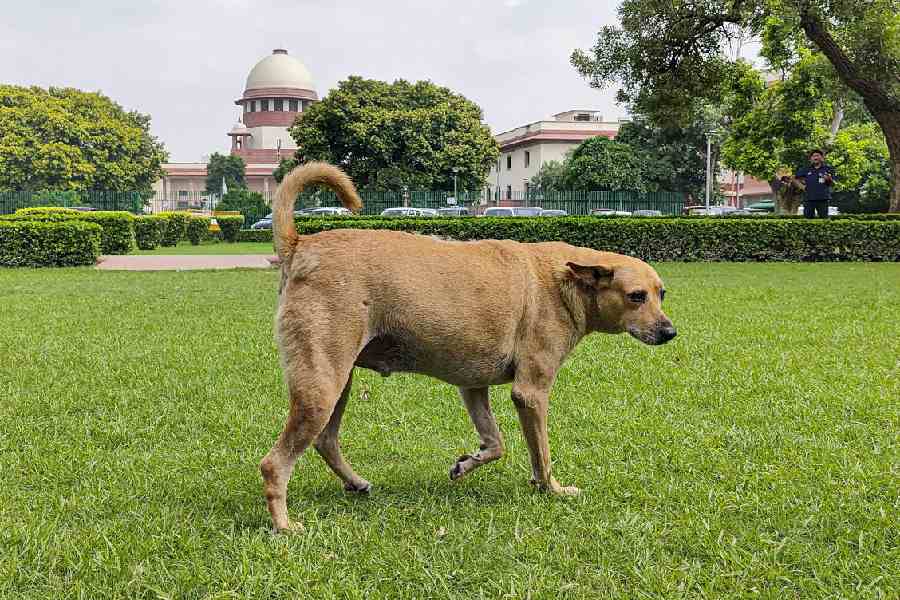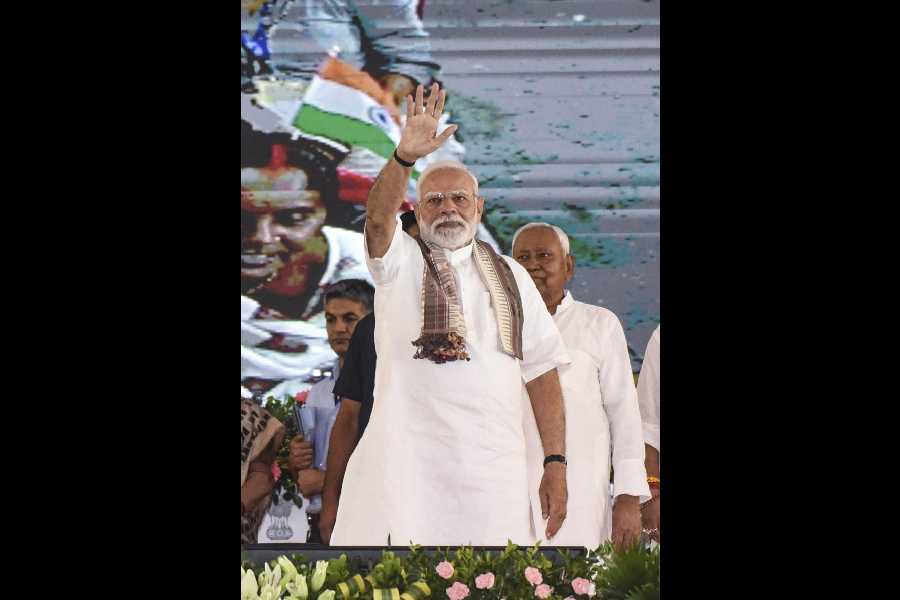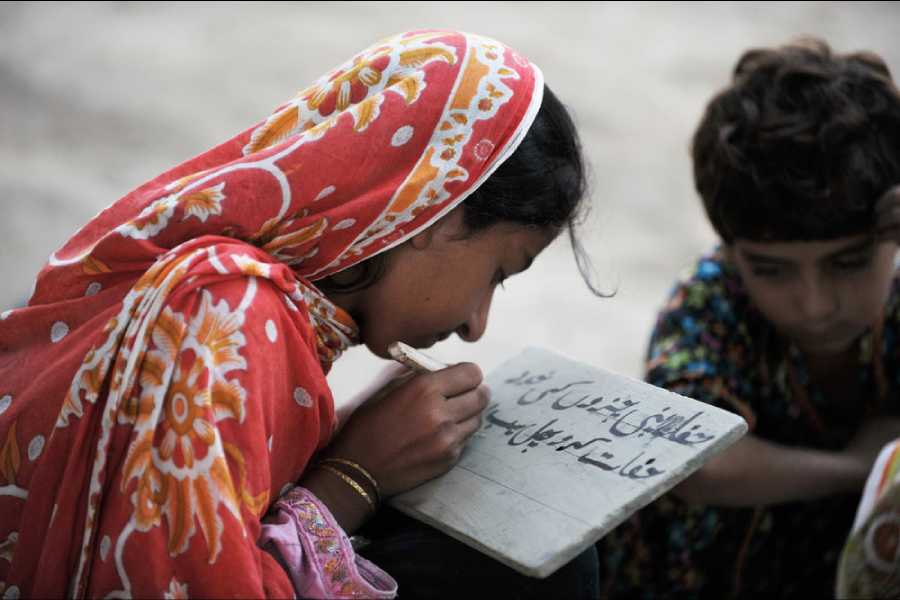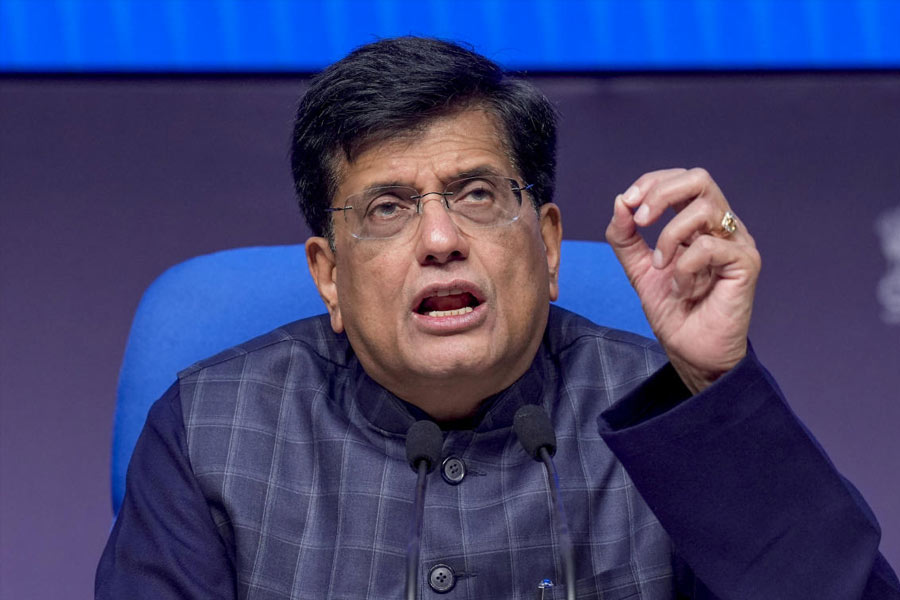 |
| Chirodeep Chaudhuri decided to zoom in on the common man after his visit to the Khmer Rouge prison-turned-museum in Cambodia; Pic by Gajanan Dudhalkar |
For photographer Chirodeep Chaudhuri, inspiration came in a place of unspeakable horrors. He was at S-21, the notorious Khmer Rouge prison-turned-museum in Cambodia when he chanced upon a gripping display of black & white mug shots of the prison’s inmates — all of who were finally killed.
The harrowing portraits triggered an unusual creative spark. Chaudhuri began to wonder if he could similarly create photographic portraits of Mumbai’s working class.
He began to take portraits of Mumbai commuters as they travelled to and fro on local trains in the city. “I wasn’t getting the right approach to do it. Since I travel daily to work by train I embarked on this project where I started clicking pictures of my co-commuters,” he says. The result: Some 56 of the 900 pictures Chaudhuri shot over 18 months were part of the recent The Commuters exhibition at the Chhatrapati Shivaji Maharaj Vastu Sangrahalaya in Mumbai (earlier The Prince of Wales Museum).
Or take a look at Kaushal Parikh, 41, who quit his job at HSBC bank to start taking pictures of Indian streets five years ago. Parikh was inspired after he stumbled upon pictures taken by the legendary Henri Cartier-Bresson and by Joel Meyerowitz. “That’s when I decided to capture fleeting moments on the street to narrate a story,” he says. Today, his That’s Life, an online collective, has become a platform for street photographers.
 |
 |
| (From top) Parikh’s take of the Gateway of India, Mumbai; Chaudhuri’s Ferry to Dakshineswar |
Chaudhuri and Parikh are part of a growing tribe of photographers who are turning their lenses on the chaotic Indian streets and capturing those fleeting, oft-unnoticed, mundane moments to tell a photographic story.
French photographer Cartier-Bresson is usually regarded as the father of street photography, which was facilitated by the introduction of the lightweight handheld Leica camera. In India, street photography got a boost in the hands of star photo-journalists Raghu Rai and Raghubir Singh in the 1960s and 1970s. Says Susan Hapgood, curator, Mumbai Art Room: “Street photography has always existed in India. But today with so much migration happening in Indian cities, photographers are taking a hard look at the urban environment.”
Hapgood recently curated an exhibition titled Indian Street Photography: Alive and Well at the Mumbai Art Room showcasing street photographs taken over the past three decades. But if earlier exponents like Rai and Singh captured an exotic India, today’s photographers are turning their lenses in different directions. Their subjects range from crowded trains and abandoned cars to urban architecture and the vanishing single-screen theatre and even the juxtaposition of an ancient and more modern India.
 |
 |
| The bathing ghats on the Ganga have often inspired Krishnendu Saha (above) |
Of course, one of the big advantages for the young practitioners is that digital cameras have altered the economics of photography. Says Parikh: “Digital photography has given amateur photographers room to experiment — be it with colour, black & white or blurs and flash.”
Cut to Bangalore-based street photographer Suyog Gaidhani whose forte is capturing unusual perspectives of the city streets. “Right now, my focus is on the inherent humour on our streets,” he says.
So, on many afternoons when the light is less harsh, Gaidhani can be found wandering through Bangalore’s Chikpet area, famous for its wholesale shops. For instance, he remembers shooting a small girl outside a clothes shop when she began playing with a mannequin’s legs even as the salesman tried to stop her. “The hands along with the legs made for a perfect moment,” he says.
While many photographers prefer to shoot in black & white, some like the Bangalore-based software professional Arindam Thokder feel that only colour can do justice to the vibrancy of Indian streets. He says: “I try to focus on the social issues and conflicts, and culture of an area. And colour is vital as Indian streets are all about bright colours.” Calcutta and Bangalore streets are his favourites.
Meanwhile, Mumbai-based Shahid Datawala (he designs everything from furniture to clothes and jewellery), who has been photographing Indian street life since 2000, loves to wait for something to happen. He says: “I don’t capture a moment, but pre-visualise a shot in my head and then wait for the idea to happen. That wait can be indefinite.”
 |
 |
| Shahid Datawala (above) is especially fond of his B&W series on old abandoned cars in the Capital |
In 2001, Datawala, a self-taught photographer, did a solo show at Max Mueller Bhavan, Delhi, titled A Walk With Pillars on the daily drama at the bustling Connaught Place (CP). “I shot the pillars of CP as a metaphor of stability and the interaction of people around them,” he says.
Then in 2002, he did a project on the cinema-going culture photographing old cinema halls in New Delhi. These photographs became part of a solo show titled Dress Circle at Tasveer Arts, Bangalore and Mumbai and were also included in a curated show at Metropolis, Rome in 2007. He says: “I wanted to explore the old-world charm of these halls.”
For many practitioners, street photography is a hobby. In Calcutta-based Krishnendu Saha’s case, it all began when his father gifted him a digital point-and-shoot camera. Saha has shot everything from Calcutta’s famous sights like the bathing ghats of the Ganga, to children in Kumartuli and street cricket.
For Mumbai-based adman Prashant Godbole too, street-photography is a weekend hobby. Godbole, who studied commercial art from the J.J School of Art, became interested in photography while working in advertising. Today, he carries his camera whenever he’s on assignments. “I’m no photo-journalist. My pictures are taken at leisure so there’s no performance pressure,” he says.
Godbole focuses on still life on the streets. Crows, pigeons and dogs are recurring motifs in his compositions. Now, he has an ambitious plan: “to shoot a quieter Mumbai”.
Cartier-Bresson once said that street photographers need to constantly wait for that “decisive moment”. But the really tough challenge is to capture special moments in ordinary circumstances. One of Gaidhani’s favourite photographs was shot during the St. Mary’s feast, an annual festival that draws huge crowds in Bangalore. He says: “A street hawker was peddling a fancy toy. Just then, a boy walked by to see what I was doing. The boy’s intense gaze made for a great contrast with the toy that he possibly could never afford.”
Meanwhile, Chaudhuri recalls how he shot a couple on a ferry boat travelling to Dakshineswar. They were sitting opposite him and he had to be discreet so as not to make them uncomfortable. “Just then the boy held the girl’s hand and started looking at her ring. It made for a memorable picture,” he recalls. Saha too recalls a memorable shot taken at the Babughat during Mahalaya. He says, “I composed the shot of a man floating on the water in the foreground and some people doing rituals in the background.”
Parikh’s favourite shot is of a boy selling bubble-makers for a living. He explains: “The bubbles are like fantasy in contrast to the harsh reality of his existence. The Gateway of India in the background puts the location of the image into perspective.”
Every street photographer is eager to find his own voice and style. Chaudhuri says: “I find myself drawn towards quieter moments in the midst of chaos on the streets.” Parikh loves Mumbai’s old architecture while Gaidhani and Thokder love to focus on the duality between old and new Bangalore. Godbole loves minimalism. He remembers taking a picture of the Taj Mahal Hotel’s dome before the Mumbai terrorist attack. “I was about to shoot the dome from the terrace of the new wing when a lone pigeon landed on the parapet. When I see the picture today it has a whole new significance.” At a different level, Data-wala tries to find a touch of dark humour in all his shots. One of his favourites is a black & white series on old abandoned cars in the Capital.
 |
 |
| Suyog Gaidhani (Pic by Jagadeesh NV) fondly remembers his shots taken during St. Mary’s feast in Bangalore |
The street photographers are all ambitiously expanding their horizon. Datawala wants to use his photographs in art installations. And Chaudhuri is working on a commissioned project for Godrej & Boyce on the fast-disappearing world of typewriters. He’s also doing a book project for Picador India on life in his ancestral village, Amadpur in West Bengal. Similarly, Parikh is working on an exhibition and workshop coming up with international photographer Eric Kim.
Street photography is also, gradually, becoming more remunerative. While Thokder, Godbole and Saha are doing it out of passion, others like Chaudhuri and Parikh are doing it for a living. Chaudhuri’s pictures are priced at above Rs 50,000 (for an 18in x 24in snap). Parikh says that 80 per cent of his work is sold to private collections abroad. His pictures start at $100 and can go up to $750.
Of course, this genre has other challenges not the least of which is getting permission to shoot. Parikh says: “I’ve been taken to a police station once for shooting on a public street. So one also has to be socially skilful to work on the streets.”
The photographers also guard against photographing only the exotica on Indian streets like many international photographers. Says Chaudhuri: “Street photography in India is not about taking pictures of sadhus and beggars. Many new photographers copy an international style only to produce rubbish. You need to tell your local stories.”
Then there’s also the cardinal rule of street photography, as Parikh puts it. He says: “The cardinal rule is that you have to remain inspired. Patience is the key.” For then, a world of endless possibilities will emerge, as India’s new street photographers are only just discovering.


